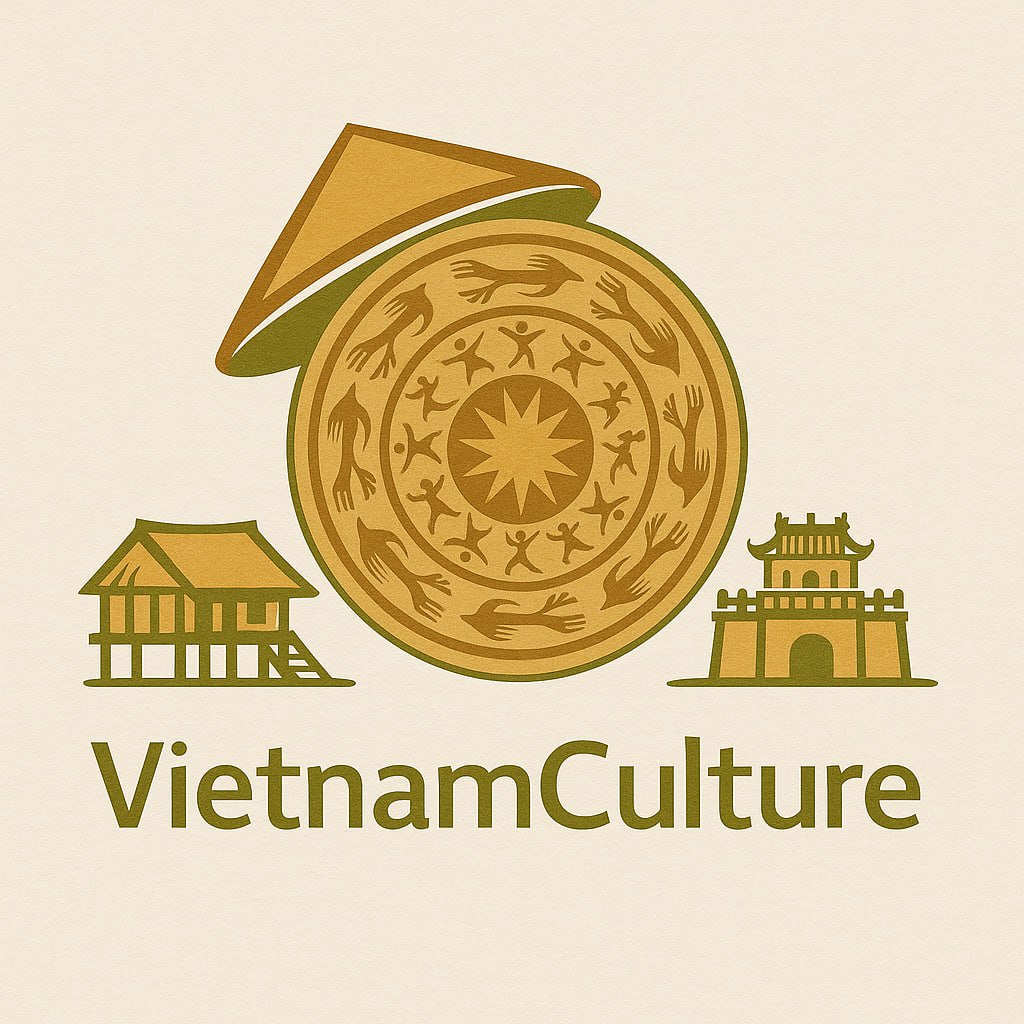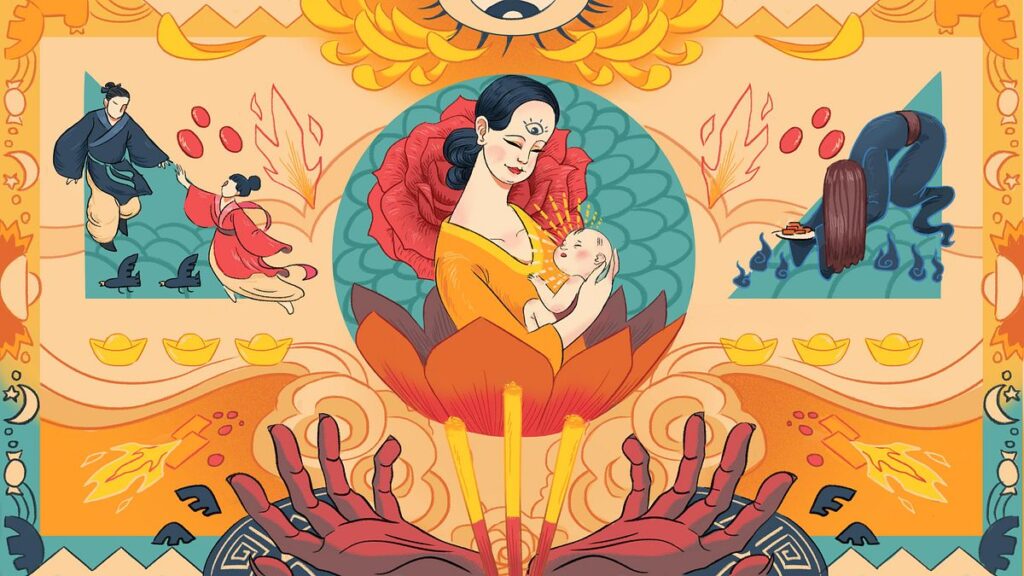In every culture, storytelling is one of the oldest and most profound ways to pass down knowledge, values, and identity. For Vietnam, a country with thousands of years of history, folk tales are more than just old stories — they are the heart and soul of its cultural heritage.
From tales of dragons and deities to clever peasants and magical animals, Vietnamese folk tales provide a vivid window into the beliefs, struggles, and dreams of the Vietnamese people. They serve not only as entertainment but also as moral instruction, historical memory, and a means of cultural survival, especially in rural and pre-literate communities.
Today, these tales continue to inspire generations of Vietnamese both at home and abroad, and are increasingly gaining attention from foreign readers interested in Southeast Asian culture, oral tradition, and cross-cultural mythology.
This article introduces readers to the world of Vietnamese folk tales, exploring their history, themes, major stories, and why they matter in today’s globalized world.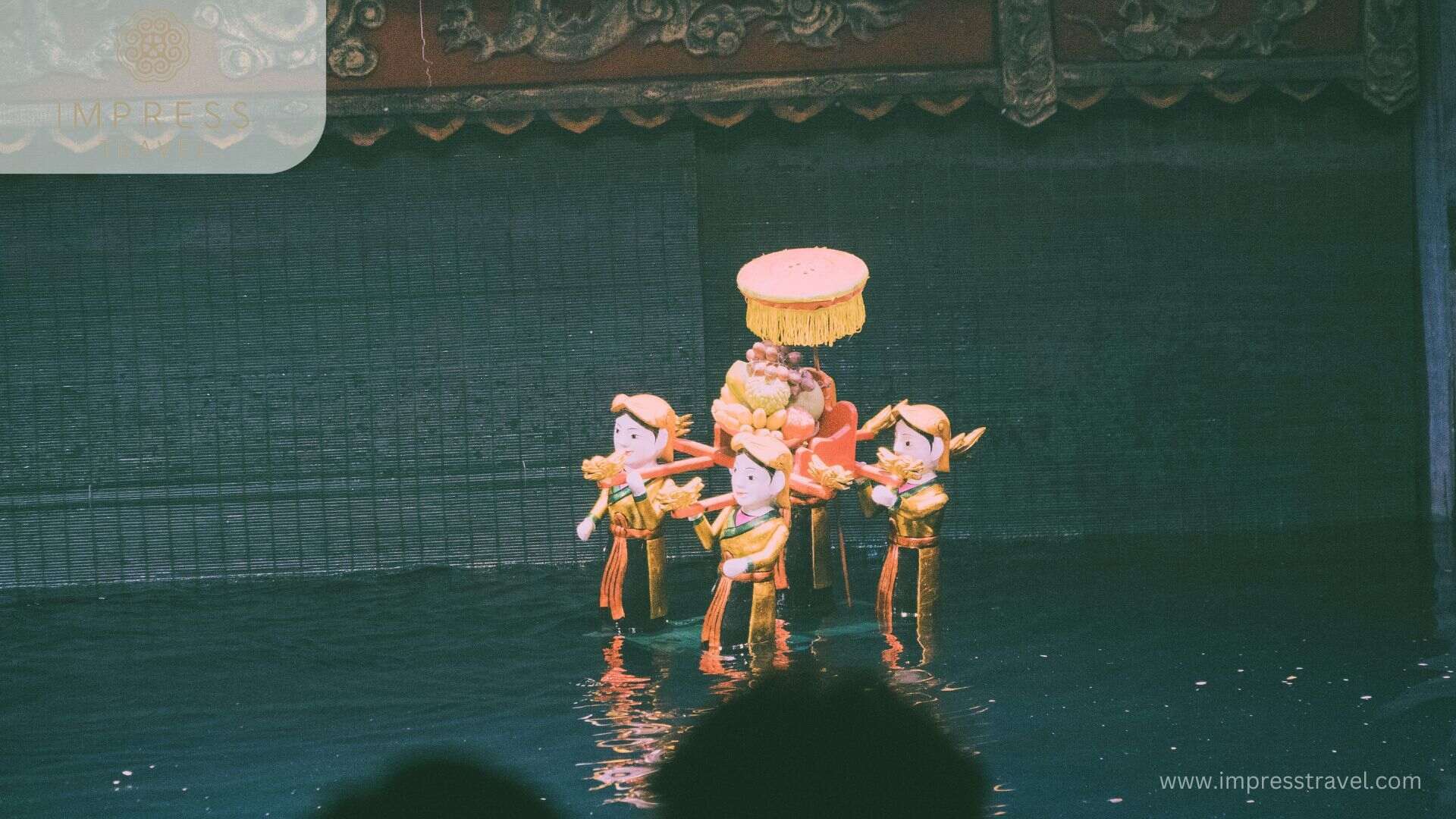
📚 What Are Vietnamese Folk Tales?
Vietnamese folk tales are traditional stories passed down orally through generations before being written down. They often feature elements of fantasy, mythology, moral lessons, and human struggles — all framed within the cultural, spiritual, and social context of Vietnam.
These stories span across multiple genres:
- Myths (Thần thoại): Stories about the creation of the world and nature.
- Legends (Truyền thuyết): Stories of national heroes and historic events, often embellished with fantastical elements.
- Fairy tales (Cổ tích): Magical stories with strong moral undertones.
- Fables and parables: Using animals or simple characters to convey ethical lessons.
- Humorous tales: Satirical and witty stories that often criticize social inequality or human foolishness.
Vietnamese folk tales reflect a mixture of indigenous traditions and influences from Confucianism, Taoism, Buddhism, and neighboring cultures, particularly China and India. Yet, they maintain a distinct Vietnamese voice, full of local color and universal wisdom.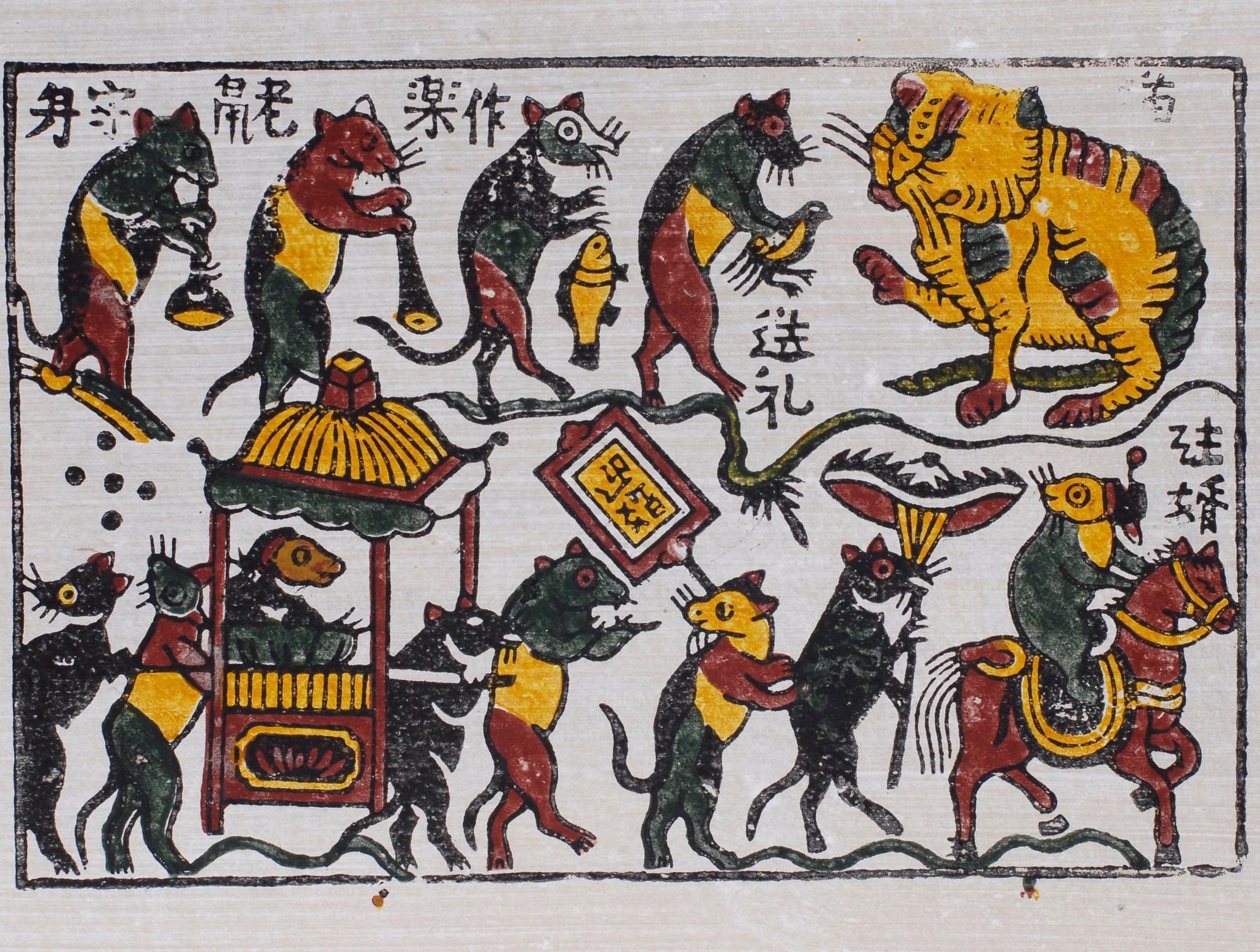
🕰 A Brief History of Vietnamese Folk Tales
Vietnamese folk tales likely existed for centuries before they were first recorded in written form. Traditionally, stories were shared orally in family gatherings, by village elders, or during festivals, agricultural seasons, and religious ceremonies.
In the 20th century, efforts were made by scholars and educators to preserve this storytelling heritage. One of the most significant contributions is “Kho tàng truyện cổ tích Việt Nam” (The Treasury of Vietnamese Fairy Tales) compiled by Professor Nguyễn Đổng Chi, a renowned ethnologist and folklorist.
His five-volume collection of 201 Vietnamese folk tales, compiled over 25 years (1957–1982), remains a foundational text. Each tale is accompanied by academic commentary, comparative analysis with other cultures’ folk stories, and thoughtful categorization.
More recently, efforts have been made to bring these tales to international readers. Educators like Nguyễn Hường, a Vietnamese researcher living in the U.S., have created English-language books such as “Stories Told Under the Oriental Sky”, adapting Vietnamese folk tales for children in the Vietnamese diaspora and beyond.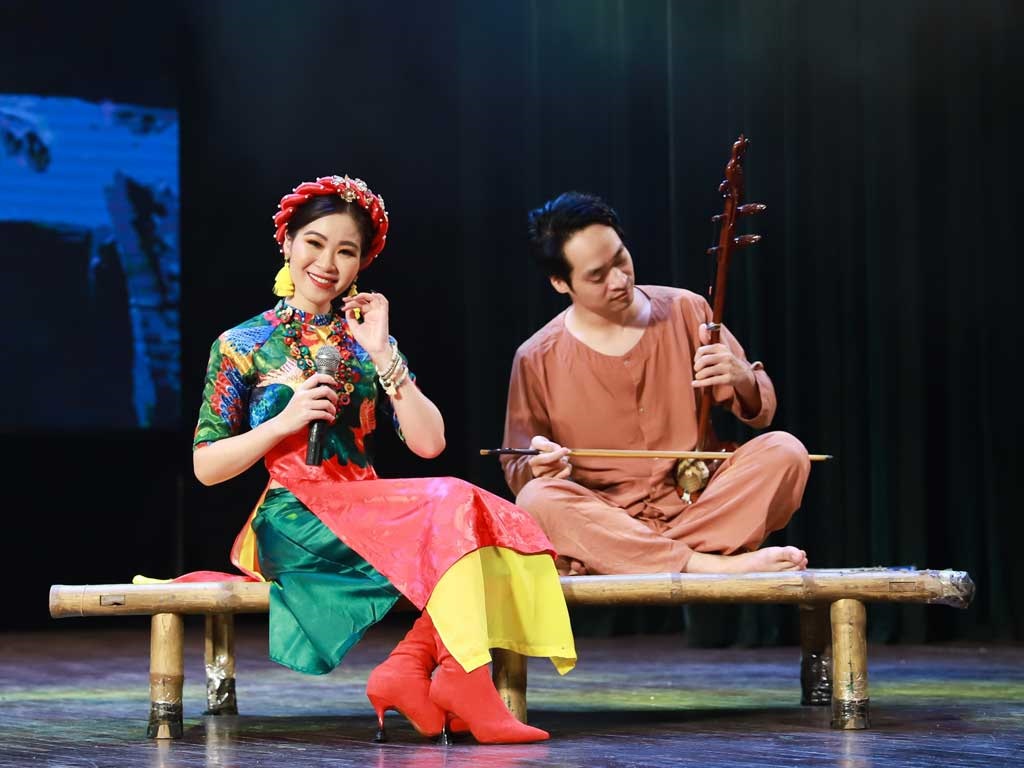
🎭 Key Themes in Vietnamese Folk Tales
1. The Triumph of Good Over Evil
Most Vietnamese folk tales revolve around a moral lesson, often emphasizing the importance of kindness, humility, hard work, and respect for elders.
Tales like “Tấm Cám” (Vietnam’s version of Cinderella) or “The Starfruit Tree” (Cây khế) showcase how the virtuous are rewarded, while the wicked face consequences.
2. Harmony with Nature
Vietnam is an agricultural society at its core, and its folk tales reflect a deep connection with the natural world. Rivers, mountains, birds, dragons, and rice fields are more than background elements — they are active characters or symbols in the story.
In “Sơn Tinh – Thủy Tinh”, the Mountain God and Water God compete for a princess, providing a mythical explanation for the country’s seasonal floods.
3. Ancestry and National Identity
Many legends and myths serve to explain Vietnam’s origins or instill patriotic values. One of the most famous is “Lạc Long Quân and Âu Cơ”, where a dragon lord and a fairy mother give birth to 100 sons, who become the ancestors of the Vietnamese people.
4. Wisdom, Humor, and Justice
Stories often celebrate cleverness and social justice. Characters like Ba Giai and Tú Xuất (Vietnamese folk tricksters) use humor and intelligence to outwit the corrupt or arrogant.
This emphasis on wit over power is a hallmark of Vietnamese storytelling and reflects the historical struggles of the Vietnamese people against foreign invaders and internal oppression.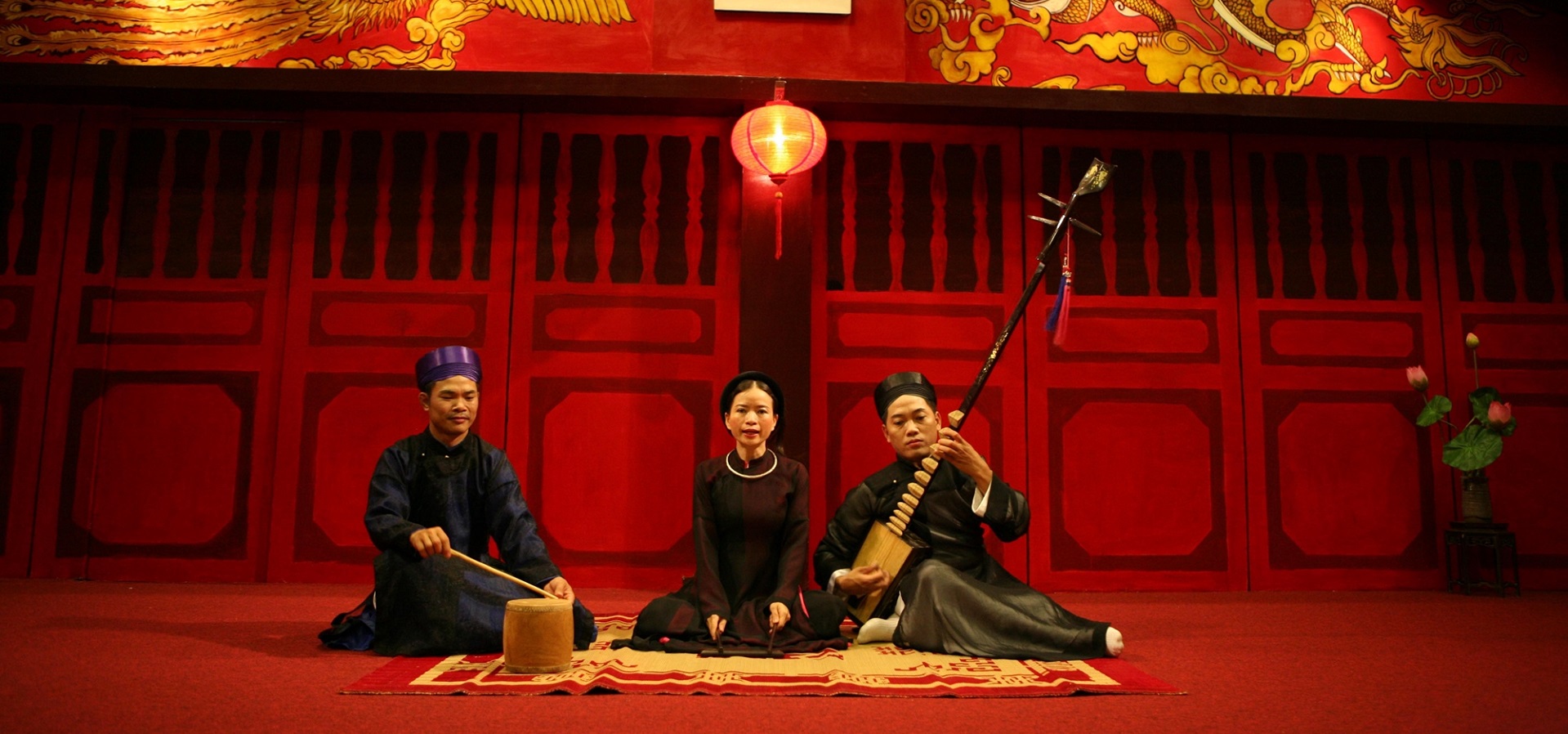
🌟 Must-Know Vietnamese Folk Tales
Here are a few classic Vietnamese folk tales that best represent the diversity and richness of the tradition:
Tấm Cám
Similar to Cinderella, Tấm is a poor, gentle girl oppressed by her stepmother and stepsister Cám. Through trials, reincarnations, and magical intervention, Tấm eventually reclaims her rightful place.
Lesson: Goodness and perseverance triumph over cruelty and deception.
Thạch Sanh
A kind-hearted woodcutter defeats giants and rescues a princess. His success contrasts with the deceitful and greedy Lý Thông, who is ultimately punished.
Lesson: Strength of character matters more than status.
The Starfruit Tree
Two brothers inherit property. The greedy one takes everything, leaving only a starfruit tree to the kind brother. A magical bird rewards the kind sibling with gold. The greedy brother tries to imitate him but meets a tragic end.
Lesson: Greed leads to downfall, generosity to prosperity.
Sơn Tinh – Thủy Tinh
A mountain god (Sơn Tinh) and a water god (Thủy Tinh) compete for the love of a princess. Sơn Tinh wins, and Thủy Tinh floods the land in revenge, explaining Vietnam’s monsoon season.
Lesson: Nature’s duality and the importance of resilience.
Lạc Long Quân and Âu Cơ
This founding myth tells of a union between a sea dragon king and a mountain fairy. They give birth to 100 children, 50 of whom go to the mountains, 50 to the sea — representing the unity of Vietnam’s people.
Lesson: National origin, unity, and harmony between mountain and sea.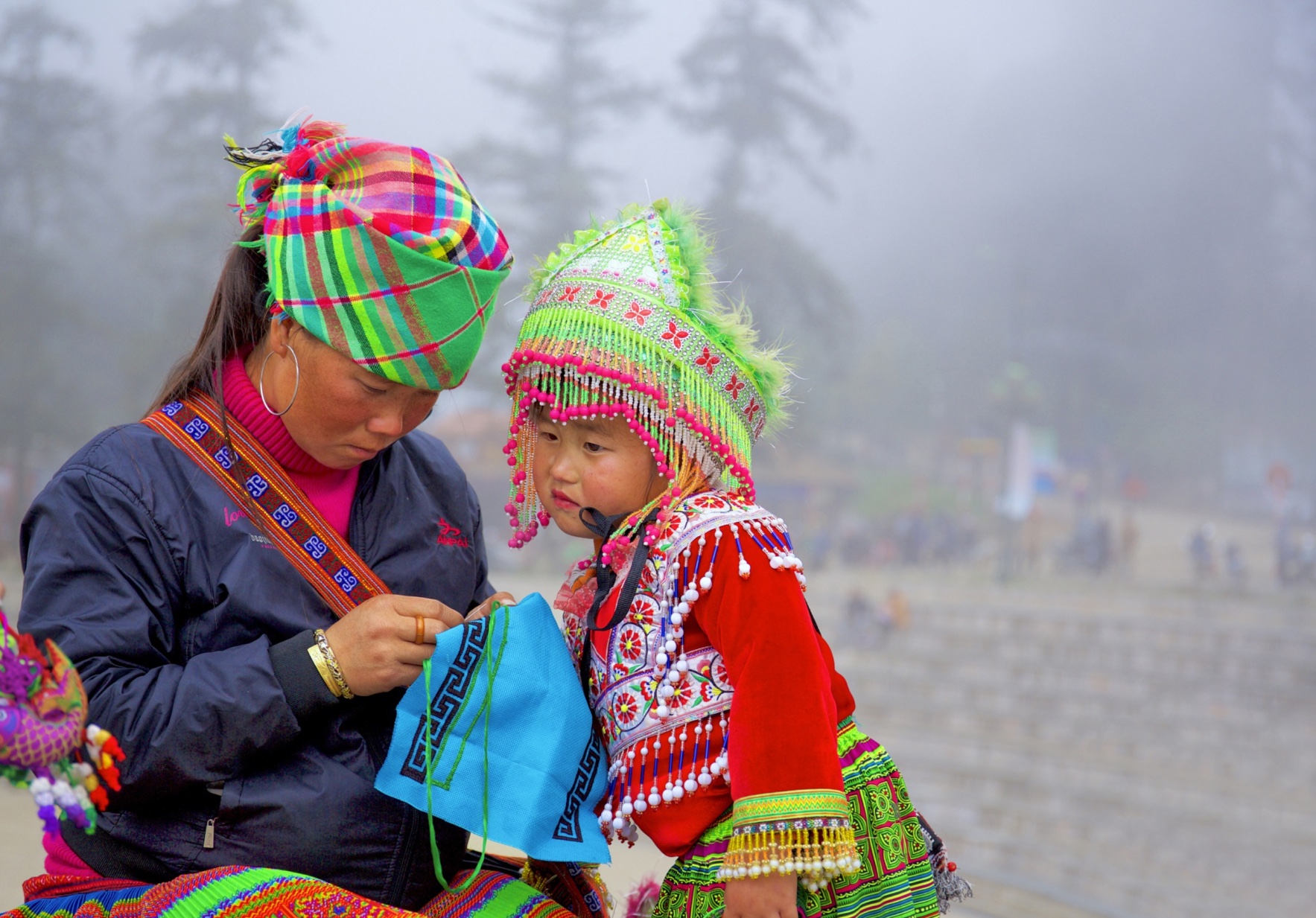
🌍 Vietnamese Folk Tales for a Global Audience
As Vietnamese communities spread across the globe, so do their stories.
Educators and writers are working to translate, adapt, and modernize Vietnamese folk tales for today’s readers. One standout is “Five Vietnamese Myths”, the first in the “Stories Told Under the Oriental Sky” series by Nguyễn Hường. It includes stories like:
- How the Sky and Earth Were Born
- The Rooster, the Sun, and the Moon
- The Secret of the Moon
These versions retain traditional themes but are reimagined with:
- Modern gender perspectives
- Expanded emotional depth
- Cultural explanations (e.g., why Vietnamese people offer a rooster during Lunar New Year)
Illustrations are also tailored to reflect Vietnamese rural scenery, especially the Red River Delta — the cultural cradle of many tales.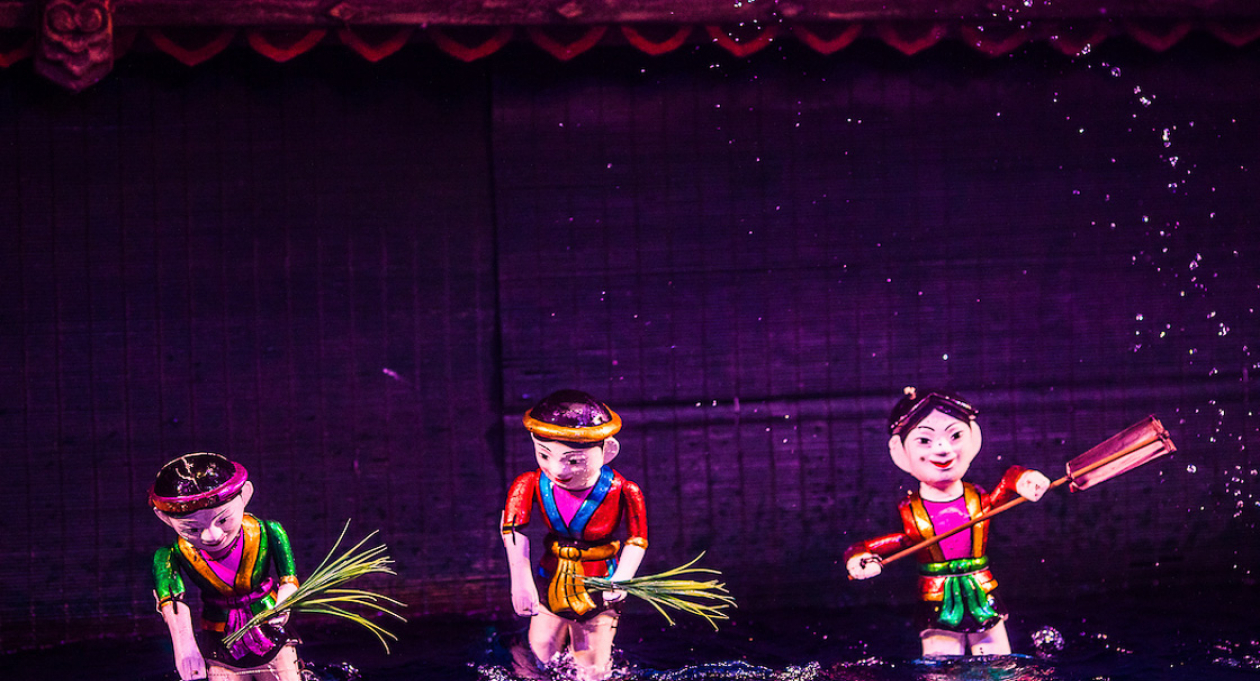
📚 How to Explore Vietnamese Folk Tales
Here are some accessible ways for foreigners to experience Vietnamese folk tales:
🧒 Children’s Books
Many Vietnamese folk tales have been adapted into bilingual books. Recommended titles include:
- Vietnamese Children’s Favorite Stories by Phuoc Thi Minh Tran
- The Golden Starfruit Tree by Lien Pham
🎧 Podcasts and Audiobooks
Digital platforms now feature Vietnamese folk tales in English or bilingual formats, ideal for children and learners of Vietnamese language and culture.
🎥 Short Films and Animations
Vietnamese studios are producing animated shorts of classic folk tales. These are available on YouTube or at cultural festivals and museums.
🗺 Visit Folk Tale Locations in Vietnam
If you travel to Vietnam, consider exploring places tied to these legends:
- Huế and Hanoi: Birthplaces of many royal myths.
- Ha Long Bay: Associated with the dragon stories in folk mythology.
- Phong Nha – Kẻ Bàng: Caves often compared to mythical dwellings in folklore.
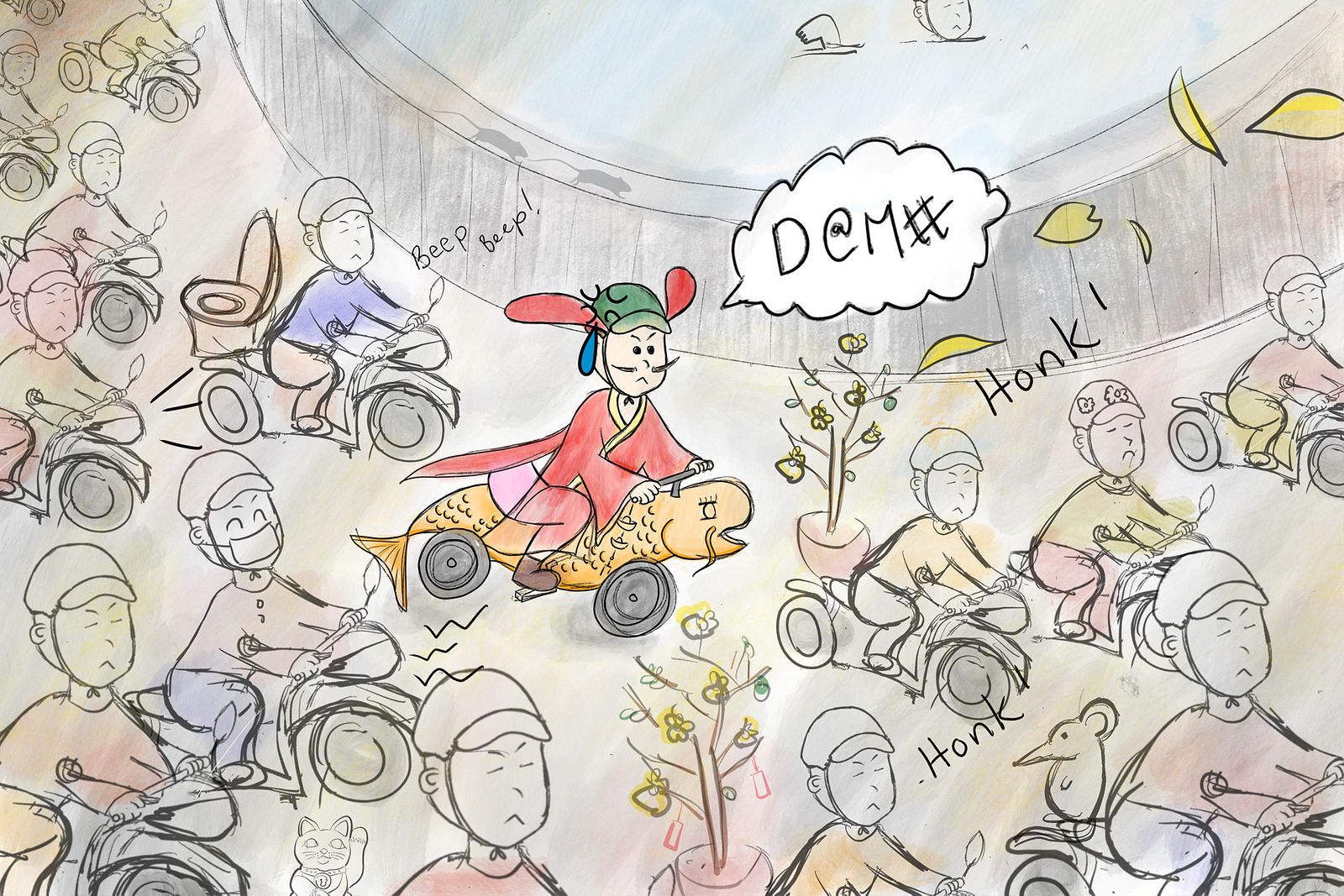
🎓 Why Study Vietnamese Folk Tales?
For educators, cultural enthusiasts, and scholars, Vietnamese folk tales offer:
- Insights into agrarian and animist belief systems
- Comparative study material for cross-cultural mythology
- Access to oral history and community memory
- Unique narrative techniques and symbolism
They are also increasingly being studied alongside Southeast Asian epics, showing surprising similarities and variations — such as stories about roosters calling the sun in Myanmar and Vietnam.
Why Vietnamese Folk Tales Still Matter
Vietnamese folk tales are not just bedtime stories. They are cultural vessels — full of memory, wisdom, humor, and resistance. They continue to shape values, identities, and imagination, both within Vietnam and among the global Vietnamese diaspora.
In an era dominated by digital distractions, these ancient stories still have the power to connect us — across time, cultures, and generations with Vietnam Culture.
Whether you’re a traveler looking to understand Vietnam on a deeper level, a parent seeking meaningful stories for your children, or a reader fascinated by global folklore, Vietnamese folk tales will invite you into a world where dragons fly, justice prevails, and nature whispers timeless truths.
See more post: Vietnamese poetry: A journey through Vietnam’s soul and literary spirit
